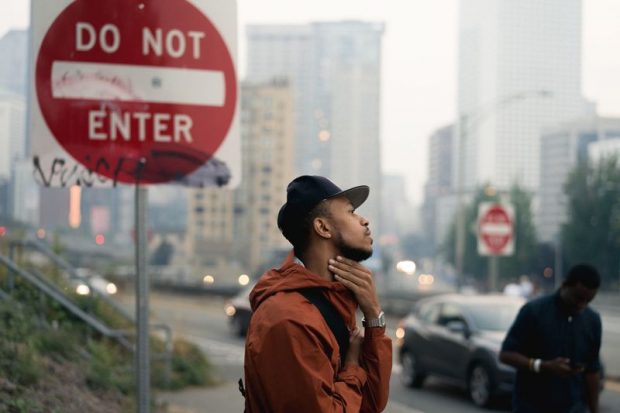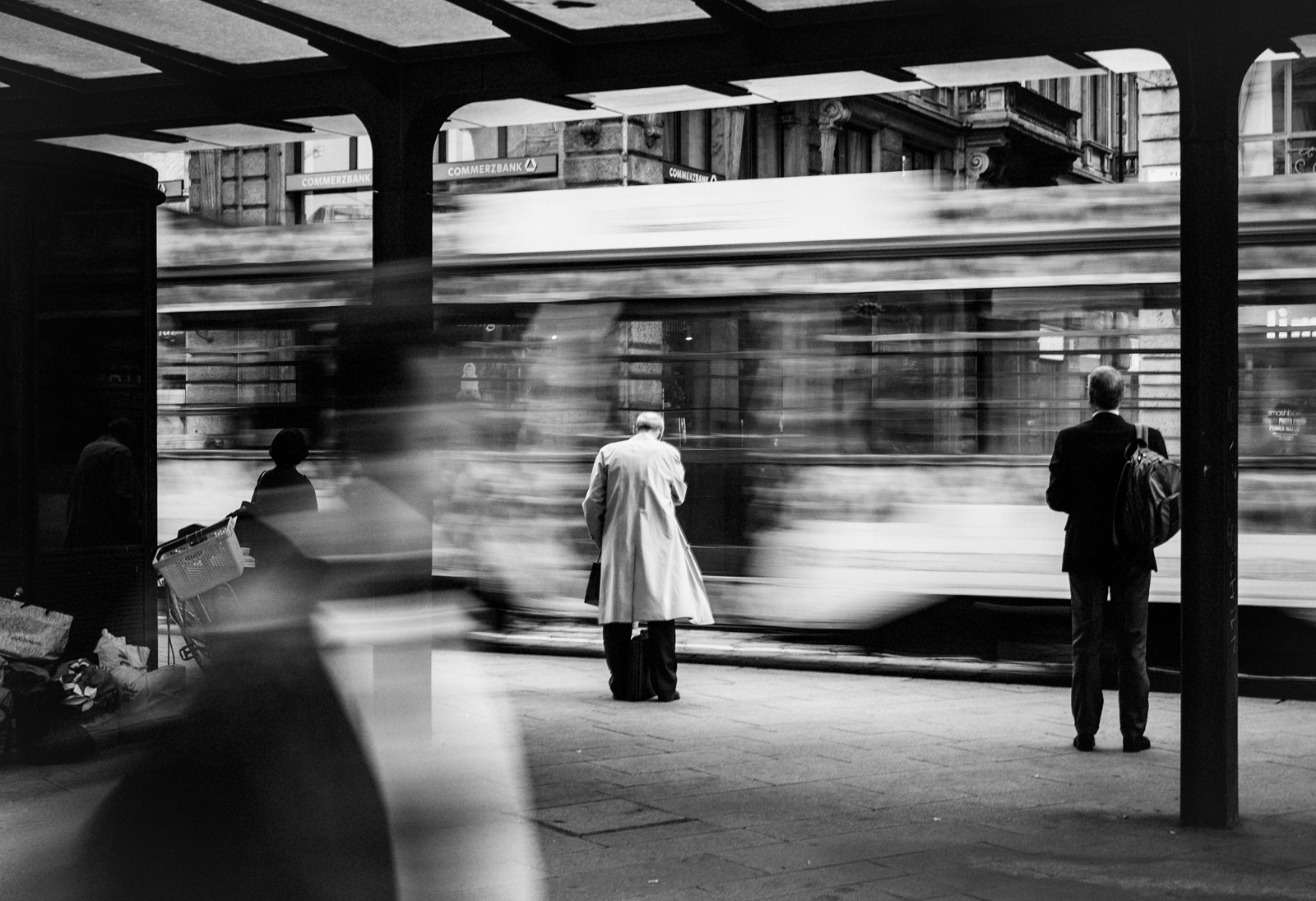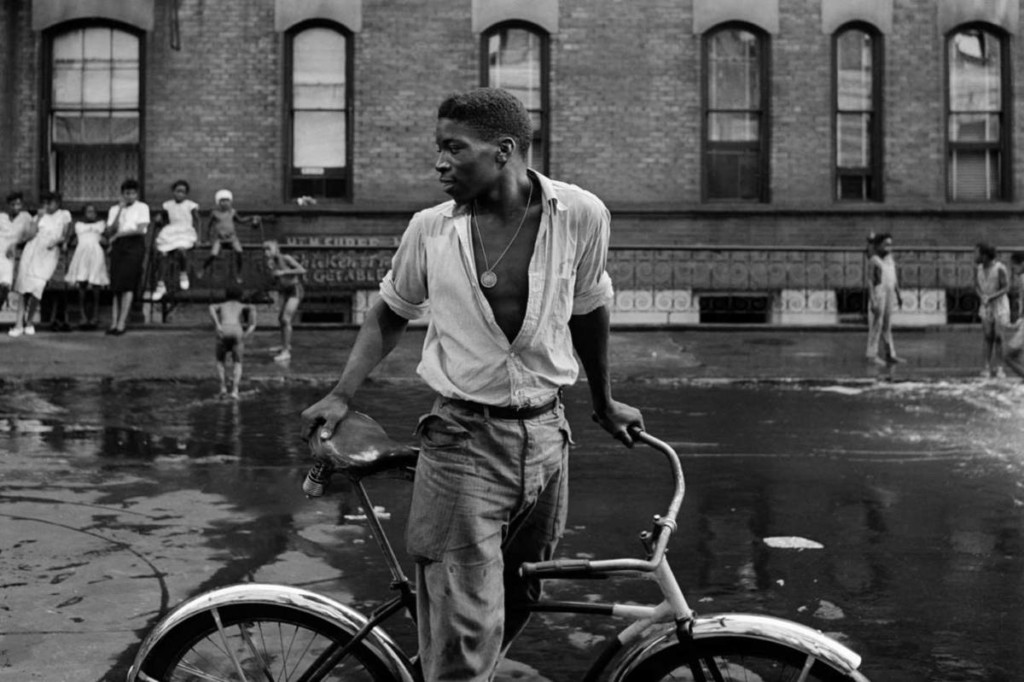How Framing Streets can Save You Time, Stress, and Money.
How Framing Streets can Save You Time, Stress, and Money.
Blog Article
What Does Framing Streets Mean?
Table of ContentsEverything about Framing StreetsThe Buzz on Framing StreetsRumored Buzz on Framing StreetsAn Unbiased View of Framing Streets9 Simple Techniques For Framing StreetsWhat Does Framing Streets Mean?
Digital photography style "Crufts Pet dog Program 1968" by Tony Ray-Jones Street digital photography (additionally sometimes called candid photography) is photography performed for art or questions that includes unmediated chance experiences and arbitrary cases within public areas, typically with the purpose of recording photos at a crucial or emotional moment by mindful framing and timing. 
Framing Streets Can Be Fun For Everyone
Susan Sontag, 1977 Street photography can concentrate on people and their habits in public. In this respect, the street digital photographer resembles social documentary digital photographers or photographers who likewise operate in public locations, yet with the aim of catching newsworthy occasions. Any one of these digital photographers' photos may capture individuals and residential property visible within or from public locations, which usually involves browsing ethical problems and laws of personal privacy, safety and security, and property.
Representations of everyday public life create a style in nearly every period of world art, beginning in the pre-historic, Sumerian, Egyptian and very early Buddhist art durations. Art managing the life of the road, whether within sights of cityscapes, or as the leading motif, appears in the West in the canon of the North Renaissance, Baroque, Rococo, of Romanticism, Realism, Impressionism and Post-Impressionism.
The 2-Minute Rule for Framing Streets
Louis Daguerre: "Boulevard du Holy place" (1838 or 1839) In 1838 or 1839 the first photo of numbers in the road was tape-recorded by Louis-Jacques-Mand Daguerre in among a pair of daguerreotype views taken from his workshop window of the Boulevard du Temple in Paris. The second, made at the height of the day, shows an uninhabited stretch of street, while the other was taken at regarding 8:00 am, and as Beaumont Newhall reports, "The Blvd, so continuously filled up with a moving throng of pedestrians and carriages was flawlessly singular, other than a person that was having his boots combed.
Consequently his boots and legs were well specified, but he lacks body or head, due to the fact that these were in activity." Charles Ngre, waterseller Charles Ngre. https://businesslistingplus.com/profile/framingstreets1/ was the initial digital photographer to achieve the technological refinement needed to register people in movement on the street in Paris in 1851. Professional Photographer John Thomson, a Scotsman collaborating with journalist and social protestor Adolphe Smith, released Road Life in London in twelve month-to-month installments starting in February 1877
How Framing Streets can Save You Time, Stress, and Money.
Eugene Atget is considered a progenitor, not due to the fact that he was the initial of his kind, however as a result of the popularisation in the late 1920s of his record of Parisian streets by Berenice Abbott, who was influenced to carry out a comparable paperwork of New york city City. [] As the city created, Atget aided to advertise Parisian roads as a deserving topic for digital photography.

Some Known Details About Framing Streets
The principal Mass-Observationists were anthropologist Tom Harrisson in Bolton and poet Charles Madge in London, and their first record was created as guide "May the Twelfth: Mass-Observation Day-Surveys 1937 by over 2 hundred viewers" [] Home window cleaner at Kottbusser Tor, Berlin, by Elsa Thiemann c. 1946 The post-war French Humanist Institution photographers found their subjects on the street or in the bistro. Between 1946 and 1957 Le Groupe des XV each year displayed job of this kind. Andre Kertesz. Circus, Budapest, 19 May 1920 Road digital photography created the major material of two events at the Museum of Modern Art (Mo, MA) in New york city curated by Edward Steichen, 5 French Photographers: Brassai; Cartier-Bresson, Doisneau, Ronis, Izis in 1951 to 1952, and Post-war European Digital Photography in 1953, which exported the idea of road digital photography internationally.

See This Report on Framing Streets
The recording maker was 'a hidden camera', a 35 mm Contax concealed below his coat, that was 'strapped to the upper body and linked to a lengthy wire strung down the ideal sleeve'. His job had little contemporary influence as due to Evans' sensitivities concerning the creativity of his project and the personal privacy of his subjects, it was not published up until 1966, in the book Lots of Are Called, with an introduction written by James Agee in 1940.
Helen Levitt, then a teacher of young youngsters, connected with Evans in 193839. She recorded the temporal chalk drawings - Street photography hashtags that were part of kids's road society in New york city at the time, as well as the children that made them. In July 1939, Mo, MA's new digital photography section included Levitt's work in its inaugural eventRobert Frank's 1958 book,, was substantial; raw and often indistinct, Frank's pictures questioned traditional photography of the moment, "tested all the formal regulations put down by Henri Cartier-Bresson and Walker Evans" and "contradicted the wholesome pictorialism and sincere photojournalism of American publications like LIFE and Time".
Report this page